Industrial Heartland History: Scott’s Run—the Most Diverse Coal Camp in America
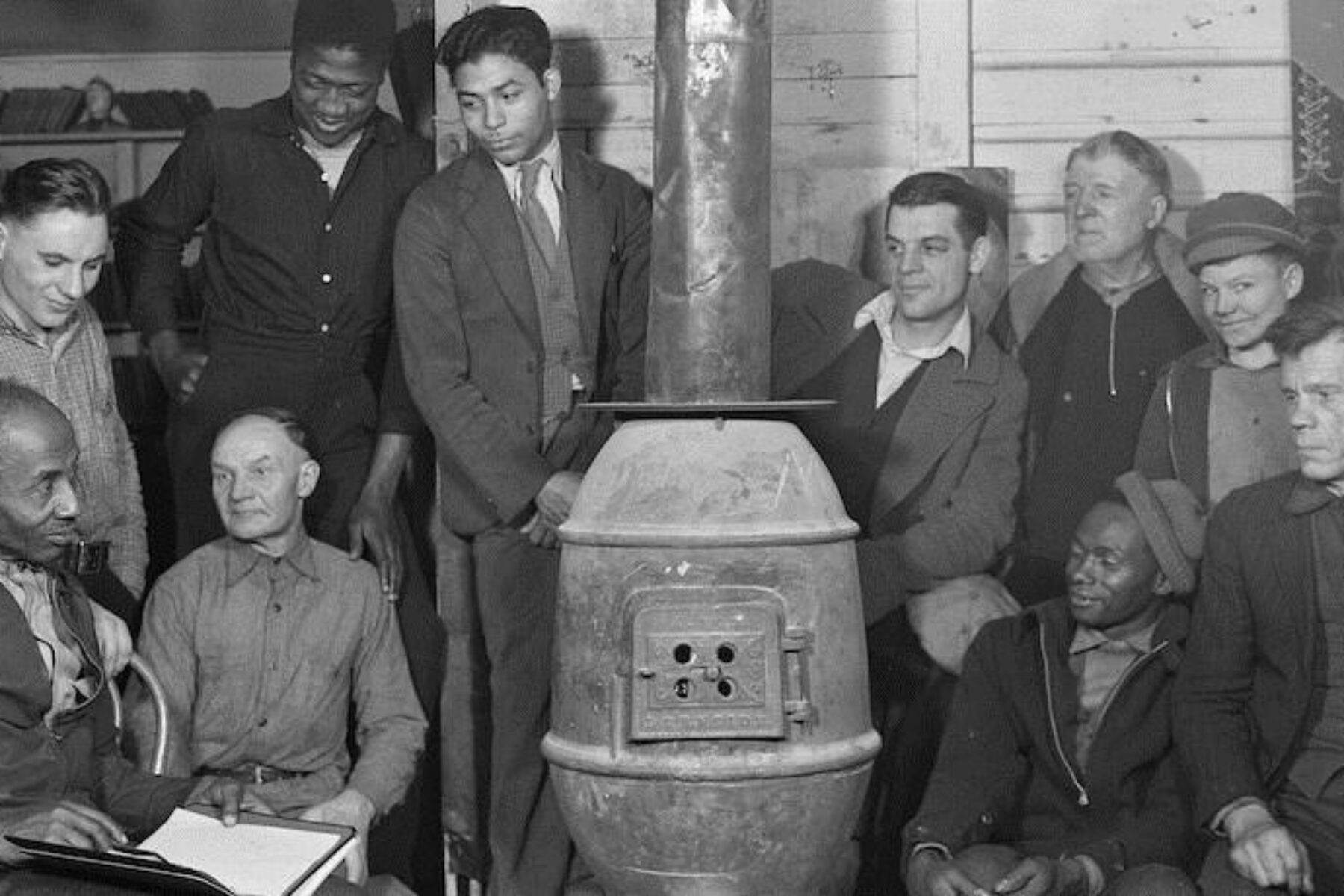
This article was originally published in the Spring/Summer 2022 issue of Rails to Trails magazine. It has been reposted here in an edited format. Subscribe to read more articles about remarkable rail-trails and trail-networks while also supporting our work.
Take a step inside the Scott’s Run Museum in Osage, West Virginia, on a Saturday afternoon, and you’re in for a story time like no other.
You might hear Helen Wassick, the child of Russian immigrants, reminisce about pumping gas at her father’s service station and the handful of languages she spoke to communicate with the customers. Or maybe Lou “Berry” Birurakis will recount the time his mother gifted Eleanor Roosevelt with a warm loaf of bread when the First Lady visited during the Great Depression.

Sometimes Al Anderson shares stories of nights on tour with his band, the Fabians, opening up for acts like Conway Twitty and the Isley Brothers. Mary Jane Coulter, one of the museum’s founders, likes to share stories about her lifelong best friend, Louise. Neither of them knew how unique their interracial friendship was until they were sent to separate schools—Mary Jane to the white school, Louise to the school for Black children.
“It’s a real comfortable setting,” said Coulter, who always makes sure to bring sandwiches or pastries for visitors to snack on while they listen. “It’s not a traditional museum.” And that stands to reason because the towns along the meandering 5-mile creek of Scott’s Run have always been anything but traditional.
Had you visited this mountain hollow on a Saturday 100 years ago, for instance, you would have found a main street crowded with beer gardens and heard the accents of people from 19 different countries, all drawn to the area by some of United States’ most productive coal mines. If you had visited during the Great Depression, however, you may have witnessed, as one writer described it, “the damnedest cesspool of human misery I have ever seen in America.”
That was before many of the residents—the white ones anyway—were moved to Arthurdale, an experimental New Deal community about 20 miles south. Today, Scott’s Run is relatively quiet, but every Saturday the museum doors are open, full of remaining and returning residents, ready to tell their stories.
For more about the Scott’s Run Museum in Osage, West Virginia, go to: scottsrunmuseumandtrail.org.
“A Favored Region”
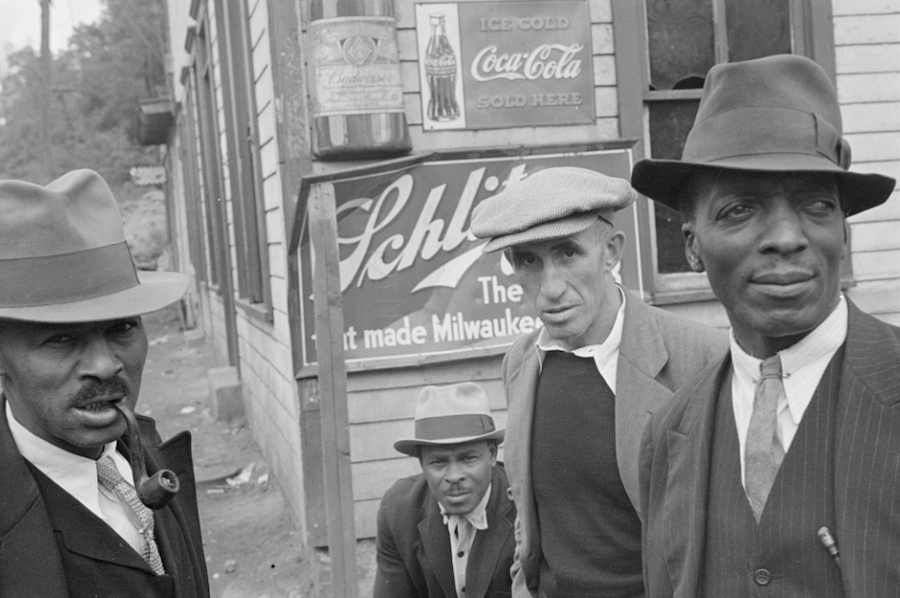
There are 13 communities in the area known as Scott’s Run, located just across the Monongahela River from Morgantown. According to historian Ronald Lewis, this 5-mile stretch of land was once “the most intensively developed coal district in the United States,” with at least 73 coal companies operating between 1917 and 1942.
Mining had exploded here during WWI, when coal was desperately needed to fuel ships and manufacture weapons for the war effort. By 1921, Monongalia County—largely thanks to Scott’s Run—was producing a staggering 4.4 million tons of coal. An industry publication called the area around Scott’s Run a “favored region,” with “the unique distinction of having more coal in its immediate vicinity than any other city of the world.”
Because there weren’t enough workers in West Virginia to get all that coal out of the ground, mining companies began recruiting them from the American South—especially African Americans eager to escape Jim Crow laws. Advertisements were also sent to war-torn Europe with the promise of a good job and a decent wage.
The ad blitz paid off. A census document shows that by 1920, the population of Scott’s Run was 60% foreign-born, with Black and white Americans divided about equally among the remaining 40%. In all, 19 different nationalities made their homes in these hills, including immigrants from Italy, Lithuania, Scotland, Ukraine and Austria.
In an oral history recorded by the Morgantown History Museum, Anderson said: “One of the good things about growing up [in Scott’s Run] was that there was no segregation. We all lived in the same hills. We lived in each other’s homes.”
73
No. of coal companies that operated in the Scott’s Run area between 1917 and 1942
4.4 MILLION
Tons of coal produced in Monongalia County in 1921 largely due to Scott’s Run
During the war, the local population swelled to around 4,000 people; bars and stores sprouted along a main street that was cut in half every hour by a screaming freight train. While work in the mines was brutal and most homes lacked indoor plumbing, it was a time of relative prosperity for the residents of Scott’s Run.
But in 1918, when the war came to an end, so did the urgent need for coal. Prices plummeted, and local miners endured years of strikes and lockouts in labor disputes with coal companies. Soon, the area’s “unique distinction” wasn’t its prosperity, but its poverty.
Surviving the Depression
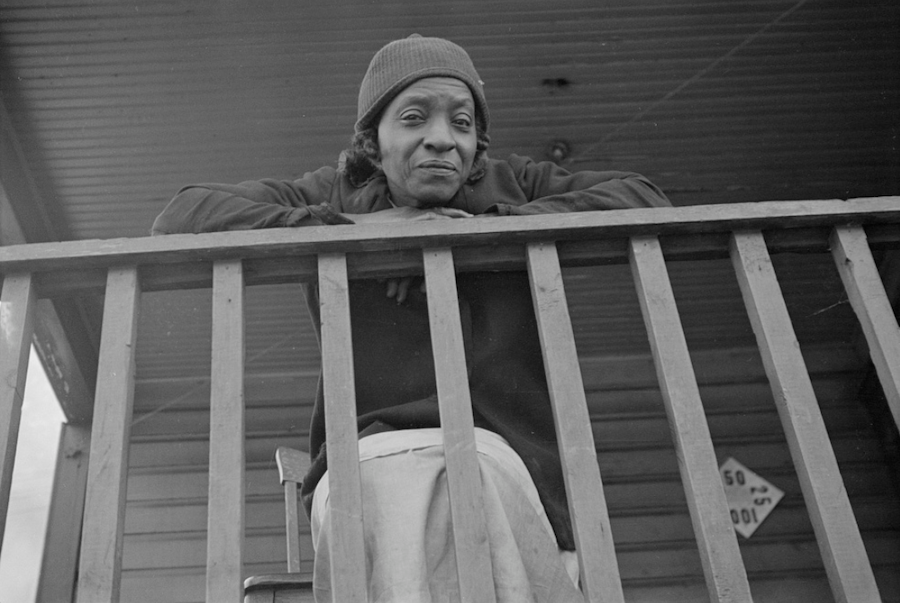
By the time the Great Depression began in 1929, many in Scott’s Run had been without reliable work for years. Those who could left to find jobs and better conditions elsewhere, while Black residents and immigrants, who faced significant racial and ethnic discrimination outside of the hollow, were largely stranded. A 1931 American Red Cross report found that 26% of children in the area suffered from malnutrition.
The rampant poverty in Scott’s Run soon drew the attention of relief workers and journalists, including Lorena Hickok, a close friend of Eleanor Roosevelt. After visiting Scott’s Run, she reported back to the First Lady that she had seen there “ramshackle cabins that most Americans would not have considered fit for pigs,” and children who “went to sleep hungry, on piles of bug-infested rags spread on the floor.”
When Roosevelt came to tour the area herself, she was followed by some of America’s most famous photographers, including Marion Post Walcott and Walker Evans. The images they captured became the face of Depression-era destitution.
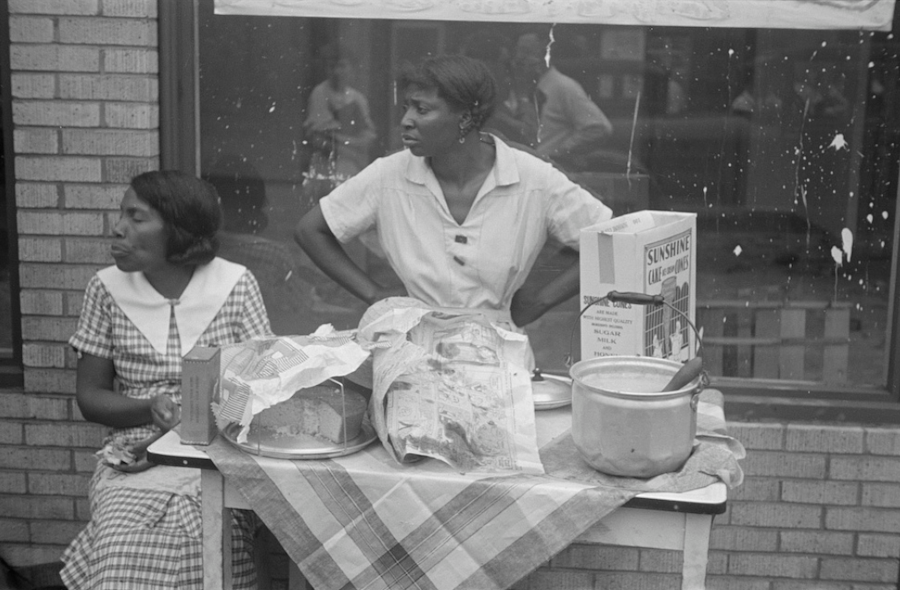
Within two weeks of Roosevelt’s first visit, plans were underway to establish the town of Arthurdale, one of 34 experimental New Deal communities. Moved by the poverty she had seen in Scott’s Run, Roosevelt was intimately involved in the construction of Arthurdale, visiting often and even hand-selecting the appliances that would be installed in the houses. The town became known as “Eleanor’s Little Village.”
Ultimately though, there wasn’t room in Eleanor’s Little Village for Black or immigrant families, and the approximately 100 families relocated from Scott’s Run were all native-born and white.
“The Blacks and the foreign-born of Scott’s Run were omitted from the opportunities afforded by this new community,” Birurakis wrote in a memoir for the museum. “It’s important for me to note (since my family was foreign-born), that Mrs. Roosevelt wanted to include everyone but those who lived in the neighboring Reedsville did not.”

To survive the Depression, the remaining residents of Scott’s Run banded together, raising community gardens and taking part in cooperative exchanges of goods and labor.
In the years since, the communities of Scott’s Run have remained diverse; they elected the first Black mayor in the state of West Virginia and its first female Black mayor in the latter half of the last century. In 2009, famed Trinidadian musician Dr. Ellie Mannette opened Mannette Musical Instruments in Osage, where artisans continue to handmake what are considered the finest steelpan drums in the world.
Reconnecting Communities
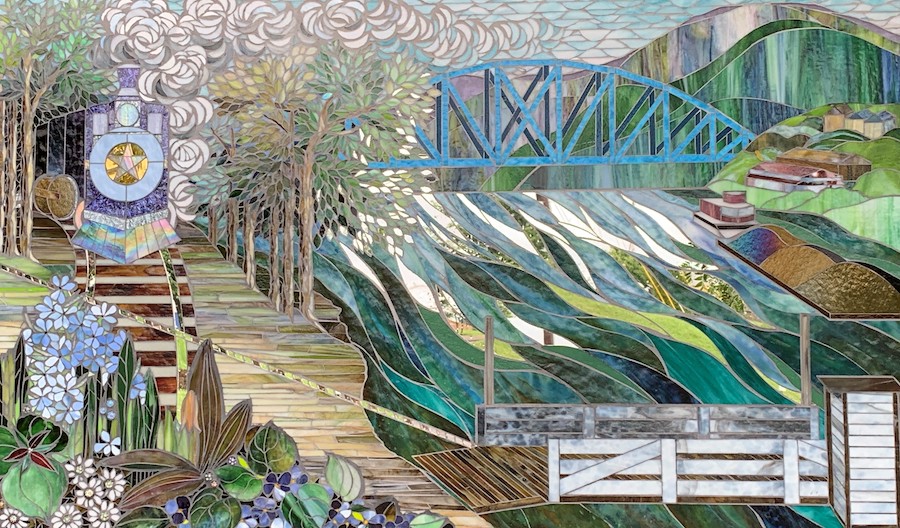
Today, you can visit Scott’s Run and Arthurdale by way of the Mon River Rail-Trail System, whose Caperton Trail/Star City trailhead lies just over a mile away, across the Monongahela River. The Mon River trails are also part of the Industrial Heartland Trails Coalition (IHTC) trail network, which will eventually connect 1,500 miles of multiuse trails in West Virginia, Pennsylvania, Ohio and New York.
“People come to learn the Roosevelt story or the mining story; we want them to be able to do both,” said Mon River Trails Conservancy Executive Director Ella Belling. According to Belling, efforts are underway for a 1-mile connector path to Arthurdale from the Route 92 intersection on the Deckers Creek Trail. From that intersection, Scott’s Run is an approximately 20-mile ride north along the Deckers Creek Trail to the Caperton Trail, which takes riders through downtown Morgantown. Currently, visitors to either destination will need to use some public roadways, which Belling cautions are “winding West Virginia roads.”
Arthurdale is a National Historic District with a museum, craft shop and driving tour of the 160 remaining homesteads—many still occupied by private residents. In Osage, a walking tour tells the many stories of Scott’s Run, and on Saturday afternoons at the museum, you can hear them straight from the source.
Related: Trail of the Month: West Virginia’s Mon River Rail-Trail System (September 2020)

Scott’s Run is located along the developing 1,500-mile Industrial Heartland Trails Coalition network, an RTC TrailNation™ project that will one day connect Pennsylvania, Ohio, West Virginia and New York by trail.

When you subscribe to Rails to Trails magazine, you’ll have access to many other features like this one. Our magazine is a premium of Rails-to-Trails Membership. Join today to start receiving the magazine!

Donate
Everyone deserves access to safe ways to walk, bike, and be active outdoors.
